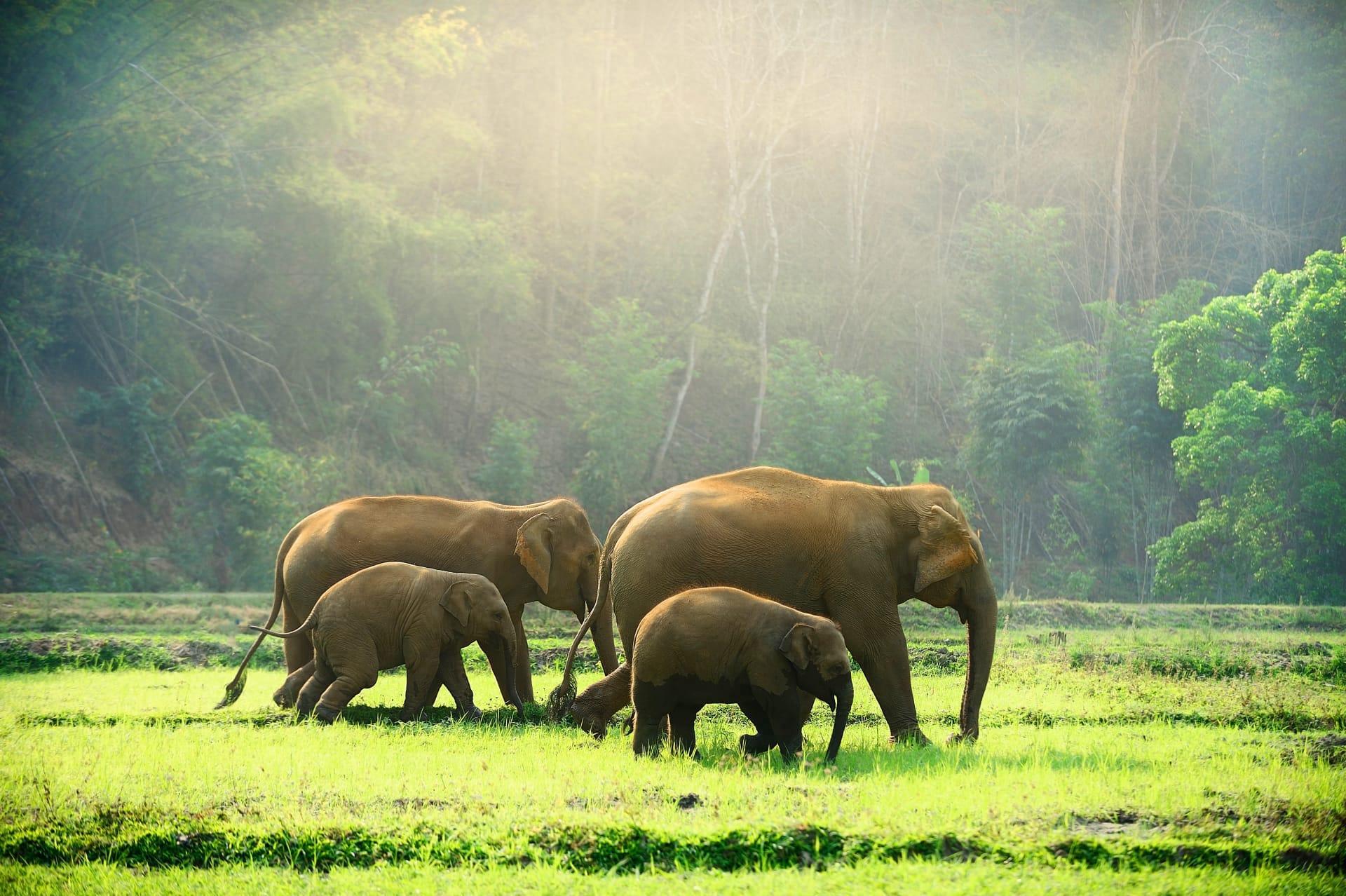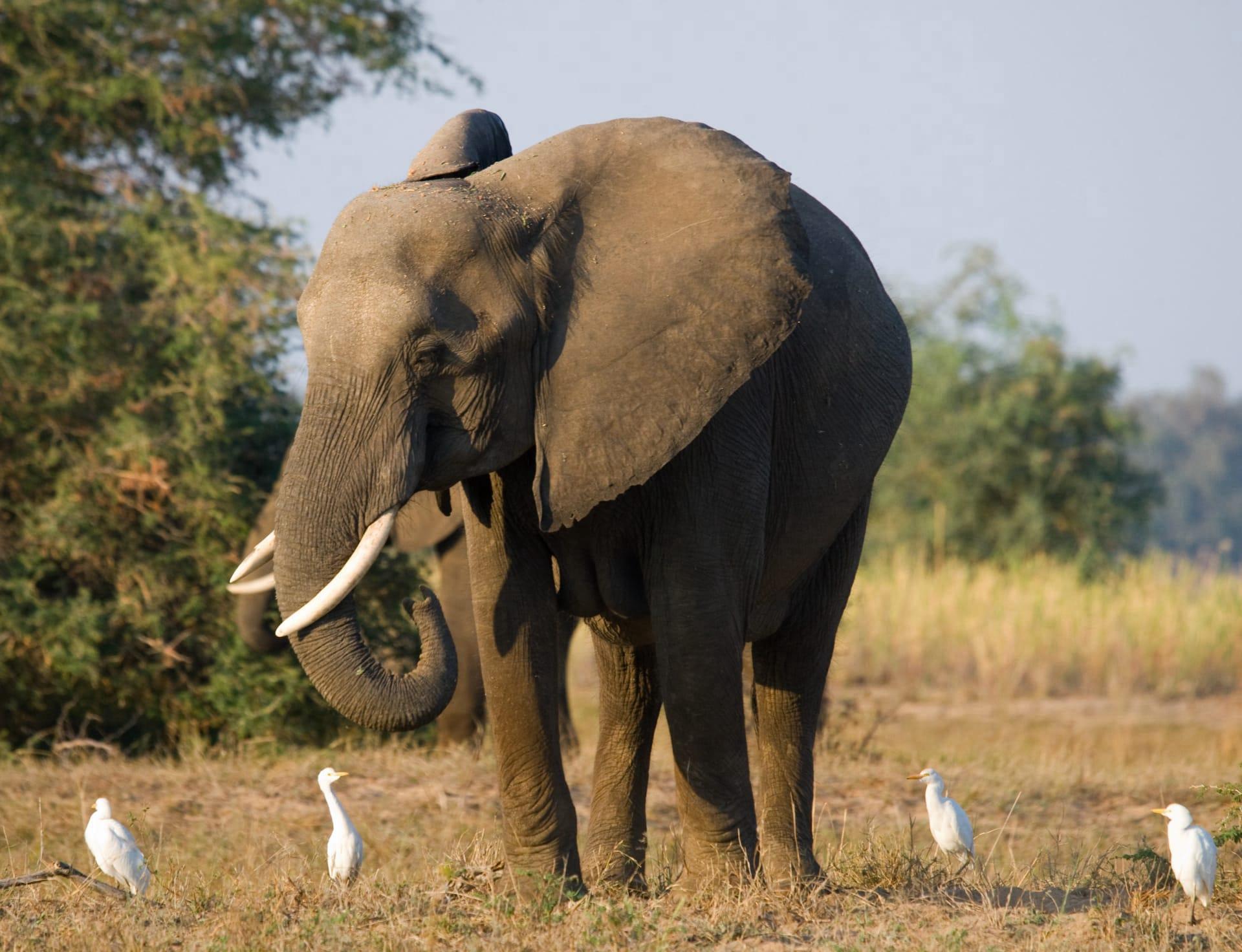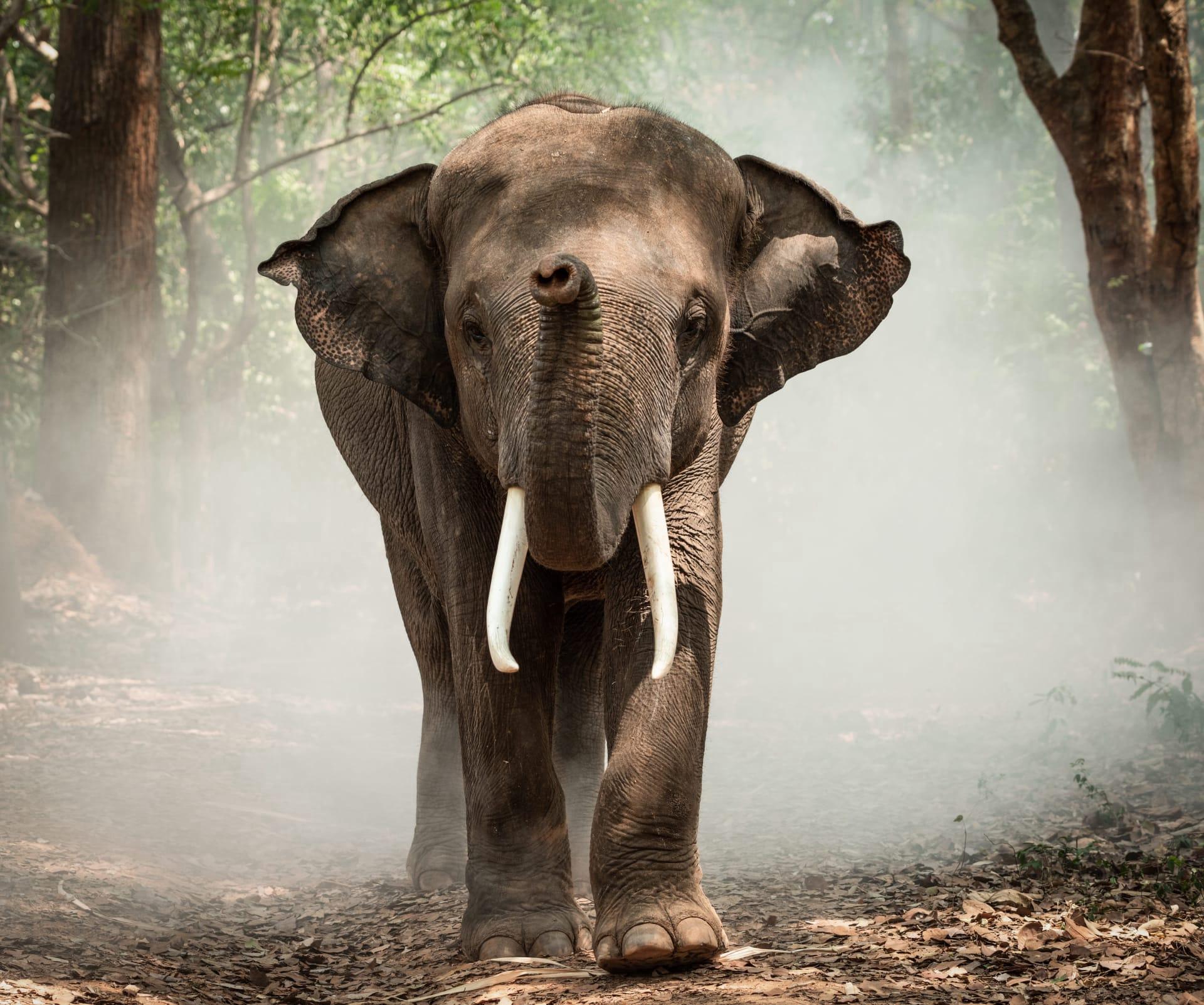1
Elephants are renowned for their impressive memory, which is not just a myth but a scientific fact. Studies have shown that elephants can remember locations, individuals, and even complex routes for many years. This ability stems from their large hippocampus, a brain region responsible for memory and spatial awareness. For instance, African elephants have been observed remembering watering holes over vast distances and periods of drought, navigating back to them accurately years later.
Another fascinating aspect of elephants is their communication. They use a range of sounds, but what's remarkable is their use of infrasound — low-frequency sounds below the human hearing threshold. These sounds can travel over distances up to 10 kilometers (6 miles), enabling elephants to communicate with each other across vast savannahs. This long-distance communication plays a vital role in their social structure, allowing them to maintain contact with their herd or even coordinate with other herds.

2
Elephants have a unique and highly evolved social structure, especially among females. Female elephants live in matriarchal societies, where the eldest and often largest female leads the group. This matriarch uses her accumulated wisdom and memory to guide the herd to food and water sources, teach survival skills, and arbitrate conflicts. Her leadership is crucial for the survival and success of the herd.
The elephant's trunk, a fusion of its nose and upper lip, is an engineering marvel of nature. Comprising over 40,000 muscles, it serves as a versatile tool for various tasks. It can uproot trees yet pick up something as small as a blade of grass. Elephants use their trunks to eat, drink, bathe, smell, touch, communicate, and even as a snorkel while swimming. This level of dexterity and functionality is unmatched in the animal kingdom.

3
Did you know that elephants play a crucial role in their ecosystems? As 'ecosystem engineers,' they shape their habitat in significant ways. For example, by knocking down trees and digging waterholes, they create pathways and access to resources for other animals. Their dung is not only a seed disperser but also a mini ecosystem in itself, supporting dung beetles and other species.
Elephants exhibit an extraordinary level of emotional intelligence. They are known to display behaviors akin to grief, compassion, and empathy. Observations have shown elephants mourning their dead by touching the bones with their trunks, often remaining silent and subdued. They also have been seen caring for injured members of their herd, showcasing a deep sense of community and emotional connection.

4
Elephants have an exceptional sense of smell, which is among the strongest in the animal kingdom. They can detect water sources up to 12 miles (19 kilometers) away. This keen sense of smell is crucial for their survival, especially in arid environments where water is scarce. It also aids them in locating food, identifying members of their herd, and sensing potential threats.
Contrary to popular belief, elephants do sleep, but not as much as other animals. On average, they sleep for about 2-4 hours a day, often standing up. This short sleep cycle is thought to be an adaptation to their large size and the need to consume large quantities of food. Interestingly, when in a safe environment, they can sleep lying down, which is a rare sight and indicates a high level of trust and comfort in their surroundings.

5
Elephants have an incredible ability to use tools, demonstrating their problem-solving skills and intelligence. They have been observed using branches to swat flies, scratch themselves, and even plug waterholes to preserve water. This behavior showcases their ability to understand their environment and manipulate it to suit their needs.
The growth rate of an elephant's tusks is about 17 centimeters (about 7 inches) per year. These tusks, which are actually enlarged incisor teeth, never stop growing throughout an elephant's life. They are used for digging, stripping bark, and as weapons in fights. However, the length of the tusks varies among individuals, with some having exceptionally long tusks, while others may have none due to genetic variations or as a response to poaching pressures.